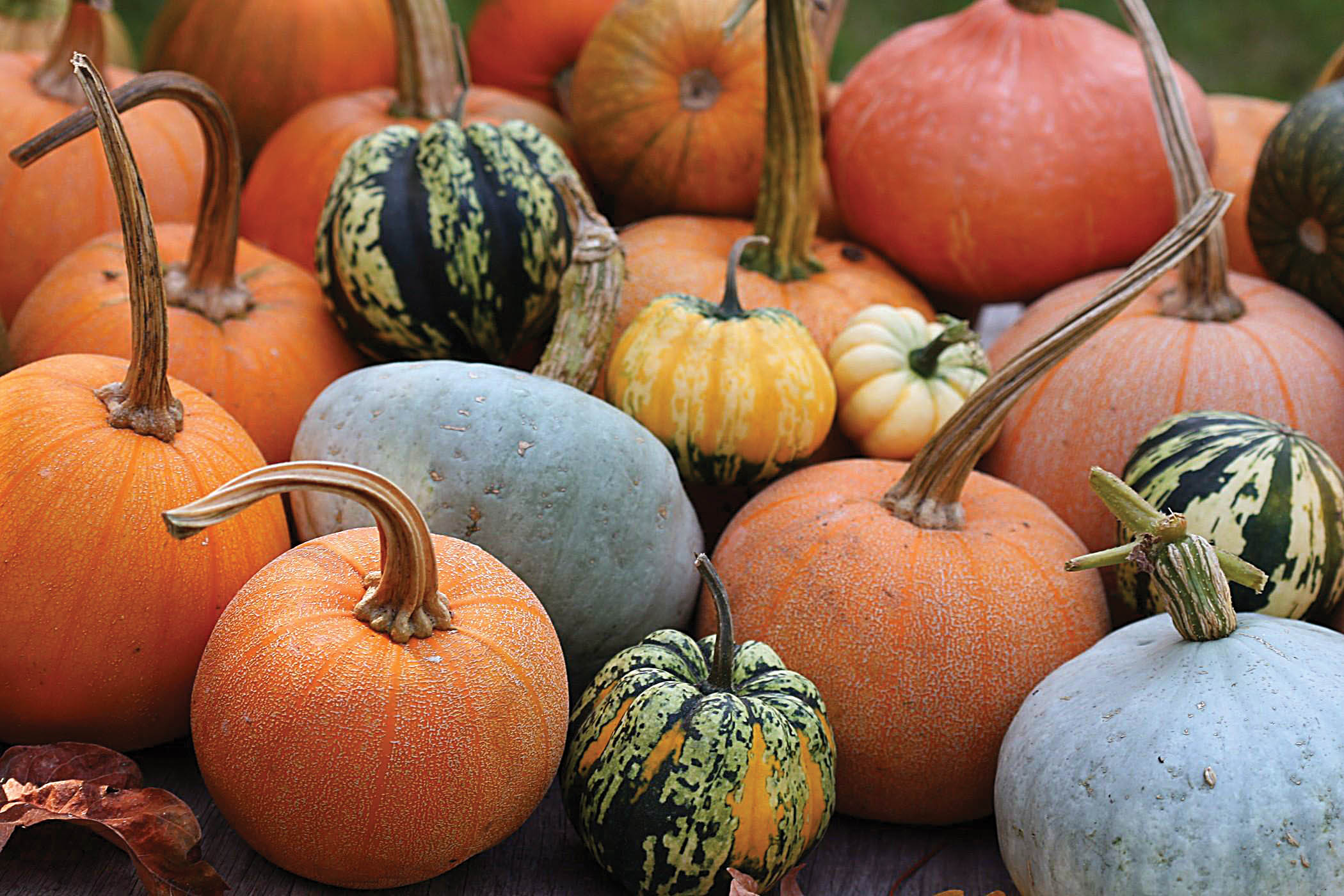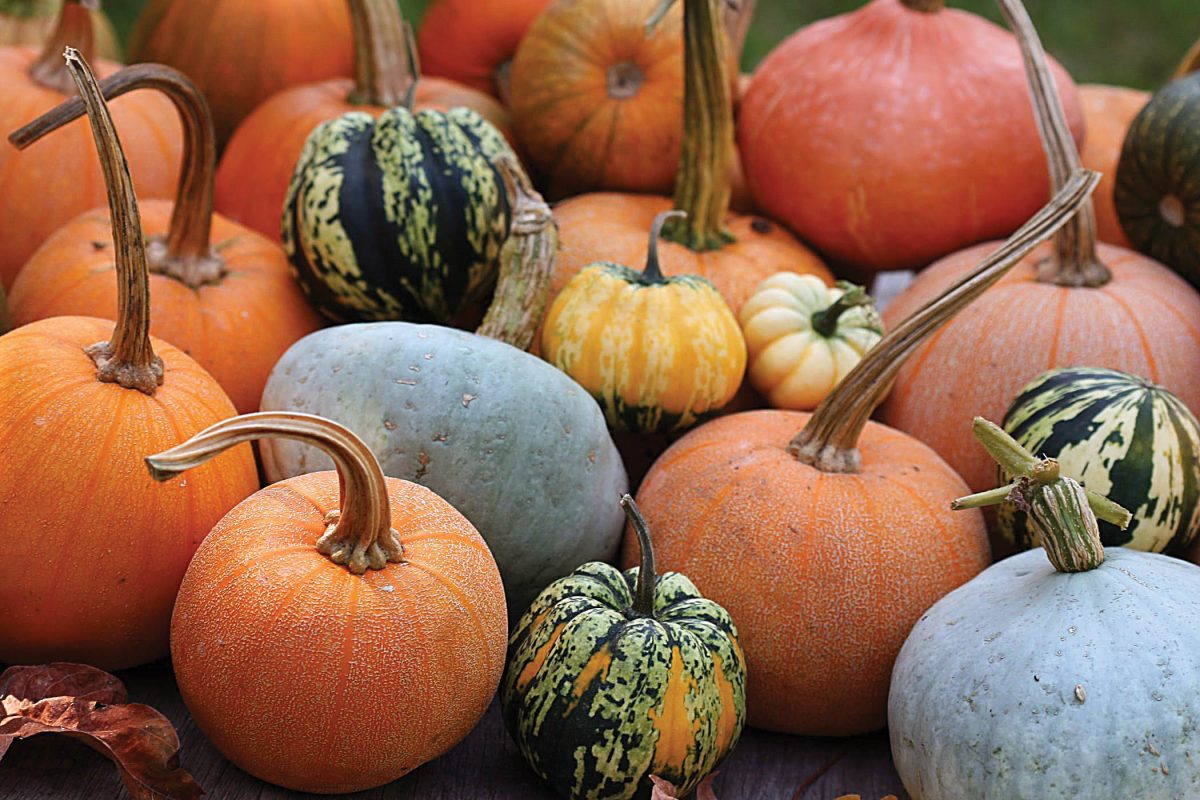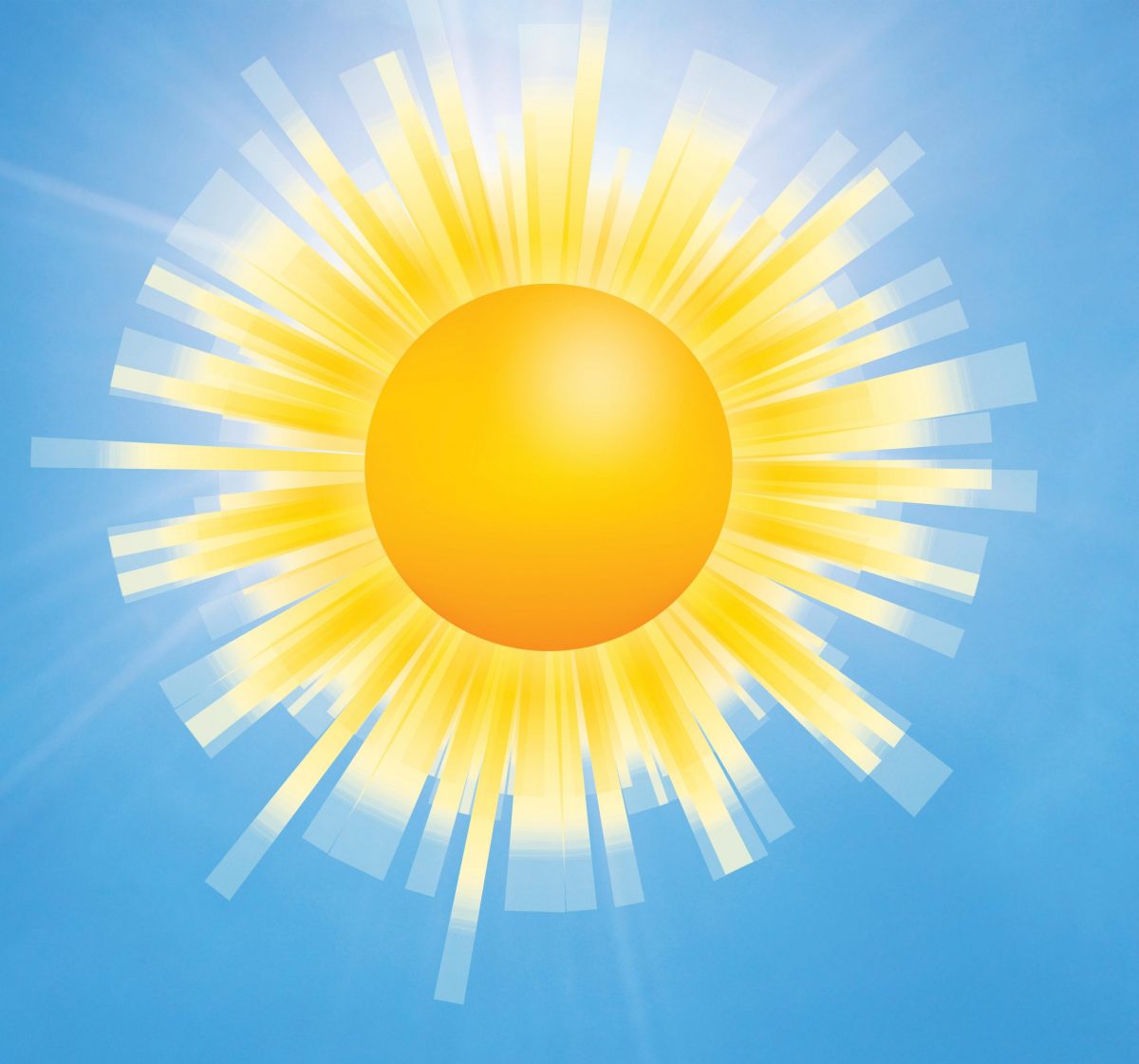By Lisa Nourse
I love summertime — I love the green of the trees, the warm weather, and growing my own food. I especially love growing vegetables that will store well and provide that great summertime flavor in the middle of our gray and dreary Pacific Northwest winters.
We can a lot of our summer crops but canned vegetables just don’t retain that fresh-picked flavor. So we use a variety of means in order to enjoy fresh vegetables year-round. By overwintering some crops in the garden (Swiss chard, kale, and spinach), growing microgreens inside, and growing crops that will store for long periods of time, we manage to keep a variety of fresh vegetables in our diet throughout the winter months.
Winter squash is one vegetable that stores well so we grow a few different ones for use during the colder months. Stored correctly, some winter squash (Hopi Pale Grey, Blue Hubbard, and sometimes Butternuts) will keep until the next season’s crop is ready to harvest.
Many vegetables and fruits prefer cooler temperatures for storage but not winter squash. I find that they keep better stored at room temperature. Winter squash come in all shapes, sizes, and colors. They are beautiful to look at so you can store them in plain sight all over the house. Arrange them in a corner next to a potted plant, make a table display, fill a wire basket or old wooden box, put them in a child’s wagon, line them up on the fireplace mantle — you get the idea.

Here are a few of the different kinds of squash and pumpkins I like to grow.
Growing winter squash
Winter squash are fairly easy to grow but they require quite a bit of space. Fortunately, if you have a smaller garden there are some bush and semi-bush varieties that can be grown.
In addition to being delicious, most bush varieties mature faster than the larger vining types. A bush squash typically only takes up a 3×3-foot space. So you can fit three hills of squash (with 2-3 plants per hill) in a 6×6-foot area.
Semi-bush squash take up more room than the bush varieties but their vines remain shorter than the larger vining squash. They also have a tendency to produce a lot of fruit in the small amount of space they use.
If you are short on space think about growing a bush or semi-bush variety. Keep in mind though, because the foliage produces the sugars that feed the fruits, some bush and semi-bush varieties can be lacking on flavor. But there are some that are great. Here are a few of my favorites that we find have good flavor:
Bush Delicata
Cucurbita pepo, open pollinated. These oblong-shaped squash have creamy white skin with green stripes and flecks. The flesh is smooth and nutty flavored. The storage life of this squash is a little shorter than the harder-skinned varieties. I find they store well for about 3-4…

